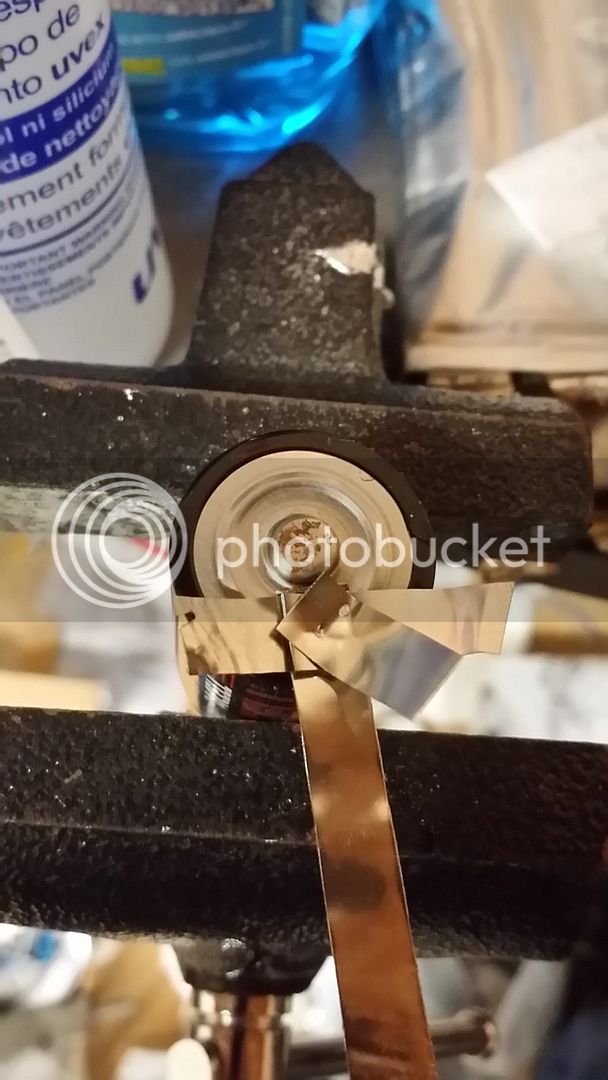Interesting, I should have tried this. Does the whole strip need to be cut?
Seems like only the part you weld needs to be cut. Reason I ask is I intend to solder a wire to the strip before welding and will not be able to cut the entire strip.
I got to make fast decisions here because My new frame is here next week and want to get my Q76R rolling as soon as possible.
I am considering cutting .2 nickel into 27x12 mm strips and using that between each two cells.
I got lots of .3 x 8 nickel also, may try to see if that welds good with the cutting, because it was not weldable without cutting it.
I wish I didn't blow my fets on my welder by trying to use too much power.. oh well got to wait for parts now.
Seems like only the part you weld needs to be cut. Reason I ask is I intend to solder a wire to the strip before welding and will not be able to cut the entire strip.
I got to make fast decisions here because My new frame is here next week and want to get my Q76R rolling as soon as possible.
I am considering cutting .2 nickel into 27x12 mm strips and using that between each two cells.
I got lots of .3 x 8 nickel also, may try to see if that welds good with the cutting, because it was not weldable without cutting it.
I wish I didn't blow my fets on my welder by trying to use too much power.. oh well got to wait for parts now.





